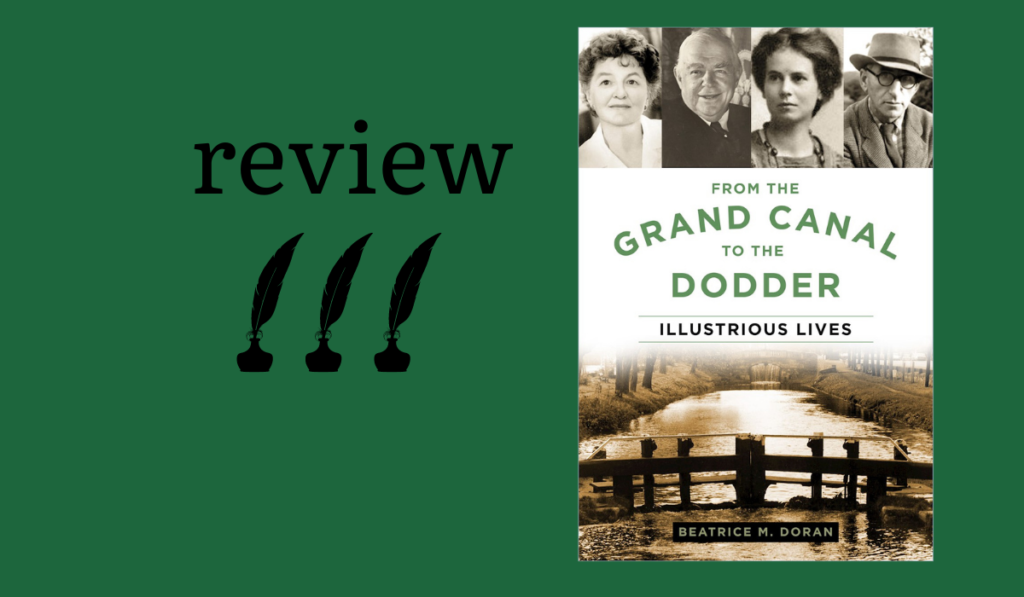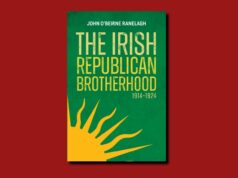
From the Grand Canal to the Dodder: illustrious lives, by Beatrice Doran|The History Press|€23.00|ISBN 9780750995573
by Tony Canavan
This book is a collection of potted biographies of the noteworthy residents of four Dublin suburbs: Sandymount, Ringsend, Ballsbridge and Irishtown. As the title suggests, they are situated between the Grand Canal and the river Dodder, all in Dublin 4.
If one had any doubts about the cultural vibrancy of Ireland’s capital city, this book should dispel them; it details the lives of dozens of men and women, from poets and politicians to philanthropists and athletes. They are listed alphabetically, although arranging them geographically may have given a clearer idea of the character of each suburb.
The strength of the book is that it does not concentrate on famous people. Many of the entries are well-known, such as Seamus Heaney or Éamon de Valera, but others while not so well known are there on the merit of their achievements, such as the pianist Rhoda Coghill or the novelist Pamela L. Travers. In passing, the many entries give us an insight into the history of this part of Dublin. These suburbs emerged in the 18th century when the Duke of Leinster built his new house (now the home of the Oireachtas) south of the River Liffey, and got added impetus in the 19th century when developers built homes for the emerging middle-class.
The inclusion of the likes of Alfred Chester Beatty, engineer and philanthropist, and Anthony Trollope, Post Office worker and novelist, are reminders that not all the famous residents were Irish-born. While everyone is included because of their talent or success, some of the subjects led lives that were more noteworthy than their achievements.
The earliest entry, Spranger Barry (1719-1777), for example, was a distinguished actor who is buried in Westminster Abbey. His career took him to London and back, saw him acquire influential friends—and unfortunately a series of failed theatre ventures as he had no head for business. Lafcadio Hearn (1850-1904), who is also claimed by Rathmines, may not have the fame that his literary achievements deserve but he led a fascinating life that included birth on a Greek island, a childhood in Dublin, time spent in New Orleans, finally ending up in Japan as Koizumi Yakumo.
A book such as this if written decades ago would probably have been a celebration of “great men” but Beatrice M. Doran has taken care to see that women get their due recognition. Included in the book are political activists, artists, athletes, writers and many more. Among the more noteworthy is Lady Mary Heath. She had a tragic family background but went on to become a despatch rider in World War I, a university lecturer, author, Olympic athlete, and aviation pioneer. Mary Flannery Wood may not have led such a colourful life as Lady Heath but she played an important role in the struggle for Irish independence; after the Civil War she was an activist in anti-imperialist politics along with Maud Gonne McBride.
Doran writes in a crisp, engaging style that brings life to her subjects. There is a diverse range of people covered in her book, which is of interest not just as biography but also local history. For those wishing to follow up on her biographies, each section has a further reading list while a full bibliography is included at the end.











